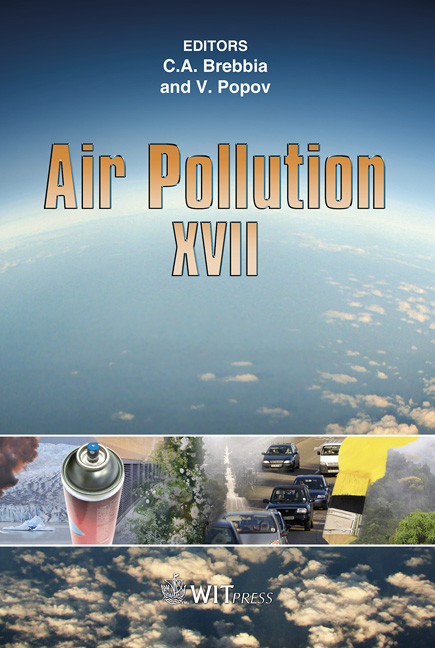The Relationship Between Air Pollution Caused By Fungal Spores In Mexicali, Baja California, Mexico, And The Incidence Of Childhood Asthma
Price
Free (open access)
Transaction
Volume
123
Pages
10
Page Range
309 - 318
Published
2009
Size
315 kb
Paper DOI
10.2495/AIR090281
Copyright
WIT Press
Author(s)
R. A. de la Fuente-Ruiz, M. Quintero-Núñez, S. E. Ahumada & R. O. Garcia
Abstract
Air pollution has affected human life progressively since its sources of origination. It is present in all cities around the world. It has caused harm to humans and other living organisms. This situation has led studies to determine the impact of concentrations of air pollutants in the respiratory ailments. Mexico has developed similar investigations, but unlike other countries’ advanced studies on pollutants aerobiology, Mexico’s studies have not been conducted in depth, and there is virtually no research work that identifies the air pollutants of fungal spores and their association with respiratory disorders in children. The purpose of this article is to analyze the relationship between air pollution by fungal spores, and the incidence of childhood asthma in Mexicali, Baja California, Mexico. Diagnostics of asthma on children living in the city of Mexicali that received medical care were studied. The records of weather and climatic variables were provided by the Department of Meteorology at the Engineering Institute of UABC. The data of air pollution caused by fungal spores were obtained in three monitoring stations with collectors’ rotation and impact of sampling. Mainly four groups of different spores (Alternaria sp., Cladosporiun sp., Bipolaris and Stemphylium) were registered in the atmosphere of Mexicali, with an average of 515 spores/m3 and a standard deviation of 248 spores/m3. The average annual relative humidity was 42.3%. The average temperature showed two different facets; a hot season with temperatures between 22ºC and 44ºC, and a cold season with temperatures between 8.9ºC and 22ºC. The incidence of childhood asthma presented a rate twice the national average (505 cases/one hundred thousand children). The multiple linear regression model proposed showed a significant relationship with a R2=0.86 (p=0.5), which established a direct association between air pollution by fungal spores, and the incidence of childhood asthma. Keywords: childhood asthma, aerobiological contamination, fungal spores, asthma and weather conditions, Mexicali.
Keywords
childhood asthma, aerobiological contamination, fungal spores, asthma and weather conditions, Mexicali





